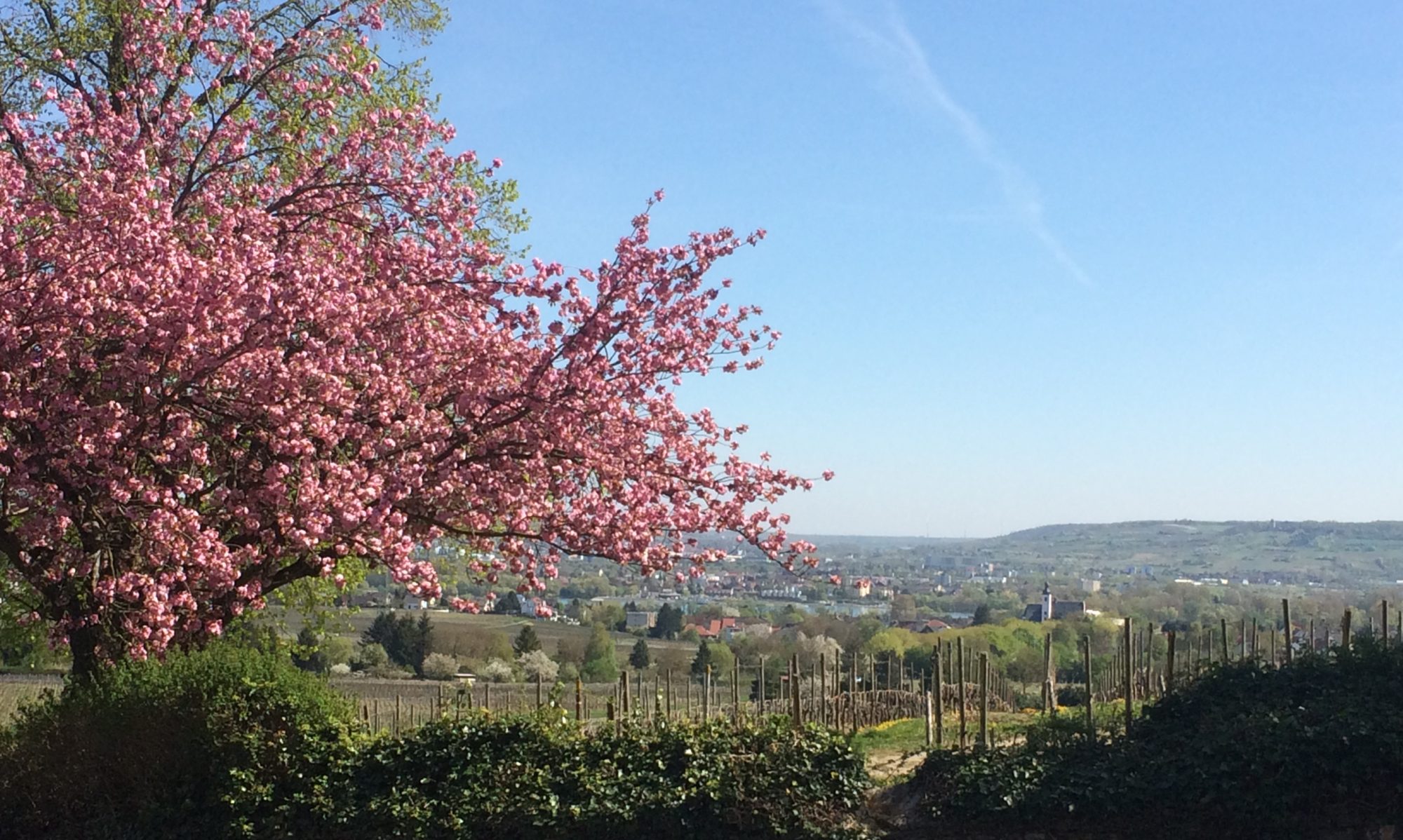Gardening is always a joy after the long and cold winter, and this year we are all especially grateful to bring our gardens back into bloom so we can take our minds off of the pandemic.
Bees and insects are critical to our food chain. Without them we would have no fruit and vegetables to eat!
Insect extinction (we call it “Bienensterben” in Germany) continues to be an international problem, but there are ways we can help reduce the losses. One way to help is to turn at least part of your outdoor space into a “pollinator” garden.
What is a Good Pollinator Garden?
According to Gardenista.com, a good pollinator garden uses no pesticides or insecticides. It must offer food, water and shelter for insects. Critically important is the choice of plants. Only plants that grow natively in your area should be used to help and encourage native pollinator insects. For this, it is important to research and seek advise from a garden expert or reputable shop.
Perfection is Definitely not Required!
In fact a good pollinator garden allows lawn weeds to flower by mowing less frequently. Even the weeds in your flower beds are useful to insects. So instead of worrying about having a perfect garden, enjoy watching the bees and butterflies do their work!
Plan in Advance
A good pollinator garden mixes up all kinds of flower shapes and colors to attract bees and butterflies to their nectar. An assortment of flowers that bloom from the beginning of spring through the fall provide a continuous source of pollination for insects. Getting this right means making a plan or a diagram, preparing the soil correctly and letting your imagination run to get a spectacular design. This is equally true whether your pollinator plot is a whole backyard or a balcony. In pollinator gardening, small is beautiful, too!
Give Insects a Refuge
According to entomologistlounge.com, you can use scraps of organic material from your own garden to make a refuge or habitat for insects. It is important to use untreated wood and recycled materials from your organic compost. A simple stack of these materials in an undisturbed corner is already a good and simple solution for getting started. For those who are more ambitious, there is also an option of making your own ‘insect hotel’, which can be a fun and educational project with children.
There are many commercially prepared insect hotels on the market, but entomologist.com warns that some are unsuitable. Warning signs for a ‘poor’ insect hotel include the use of pine cones, glued snail shells, wood shavings and clear plastic tubes. Here are two examples of a ‘bad’ and ‘good’ insects hotel they provide:

The website entomologistlounge.com claims that poorly designed insect hotels actually lead to parasite problems. When the parasites hatch they eat the stored bee pollen and the bee larvae die. A second possible problem is that the poorly designed insect hotels can become mouldy when moisture gets trapped in plastic materials and condenses, leading to increased disease rates.
Thus the best insect hotel is one that is geared to the bees in your area, which means you need to do some research before making your own. The holes drilled should be smooth with no splinters, and the shelter should have a sturdy roof for rain protection. For the best results it should be placed in a sunny position. Importantly, the hotel should be cleaned at the end of the summer to prevent mold and mites. The Entomologist Lounge recommends that your insect hotel be replaced about every two years. Here are some examples of ‘good’ homemade hotels provided by the organization:

‘Auf geht’s’ (let’s go!) and get buzzing with a pollinator garden!
